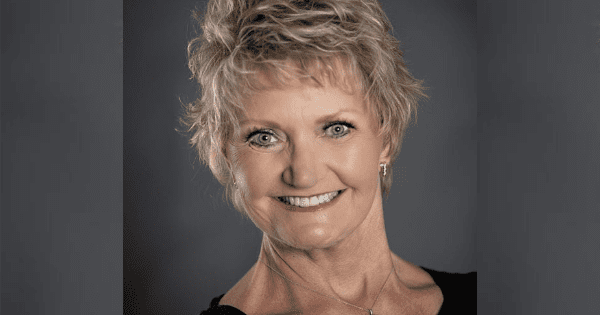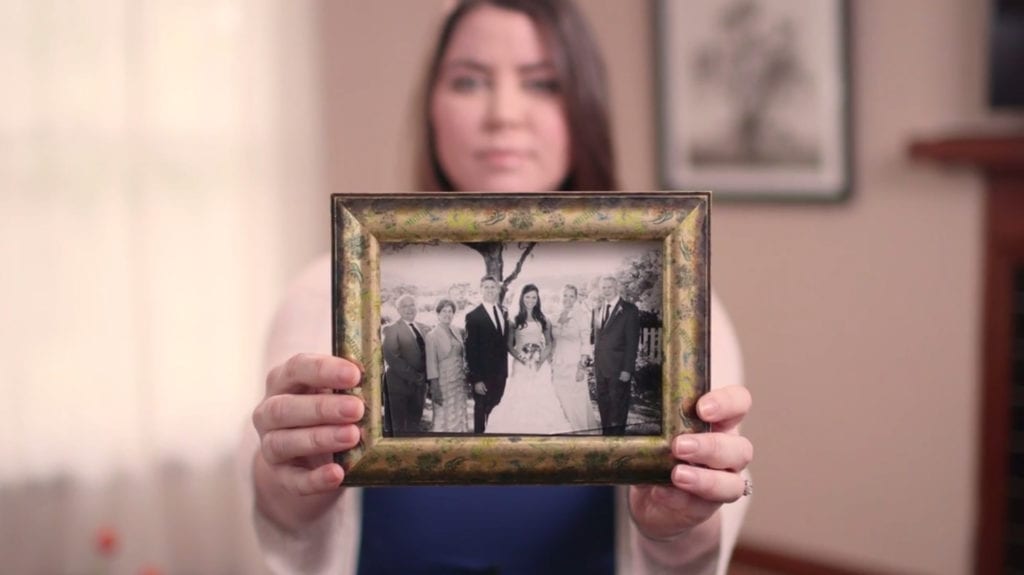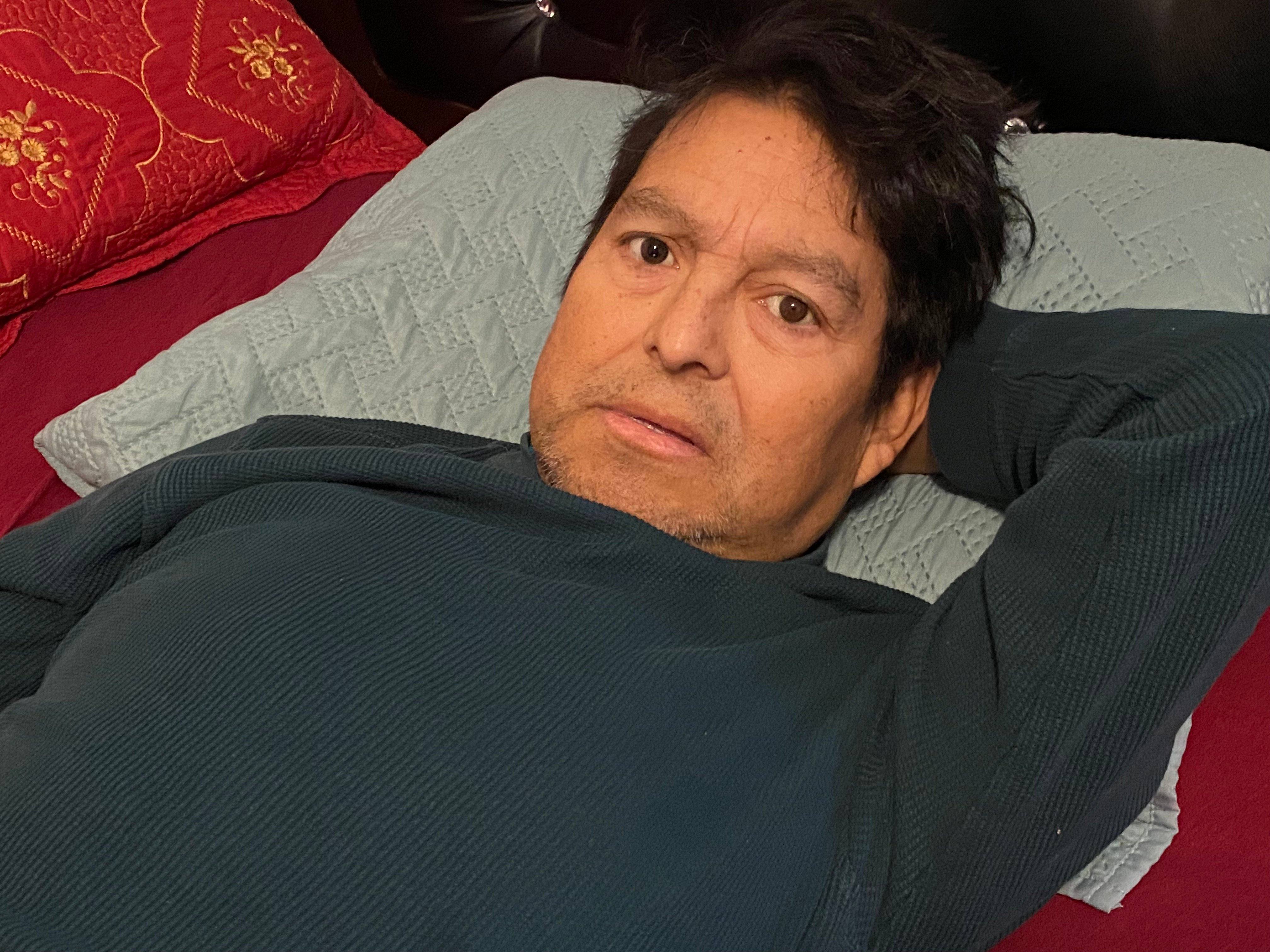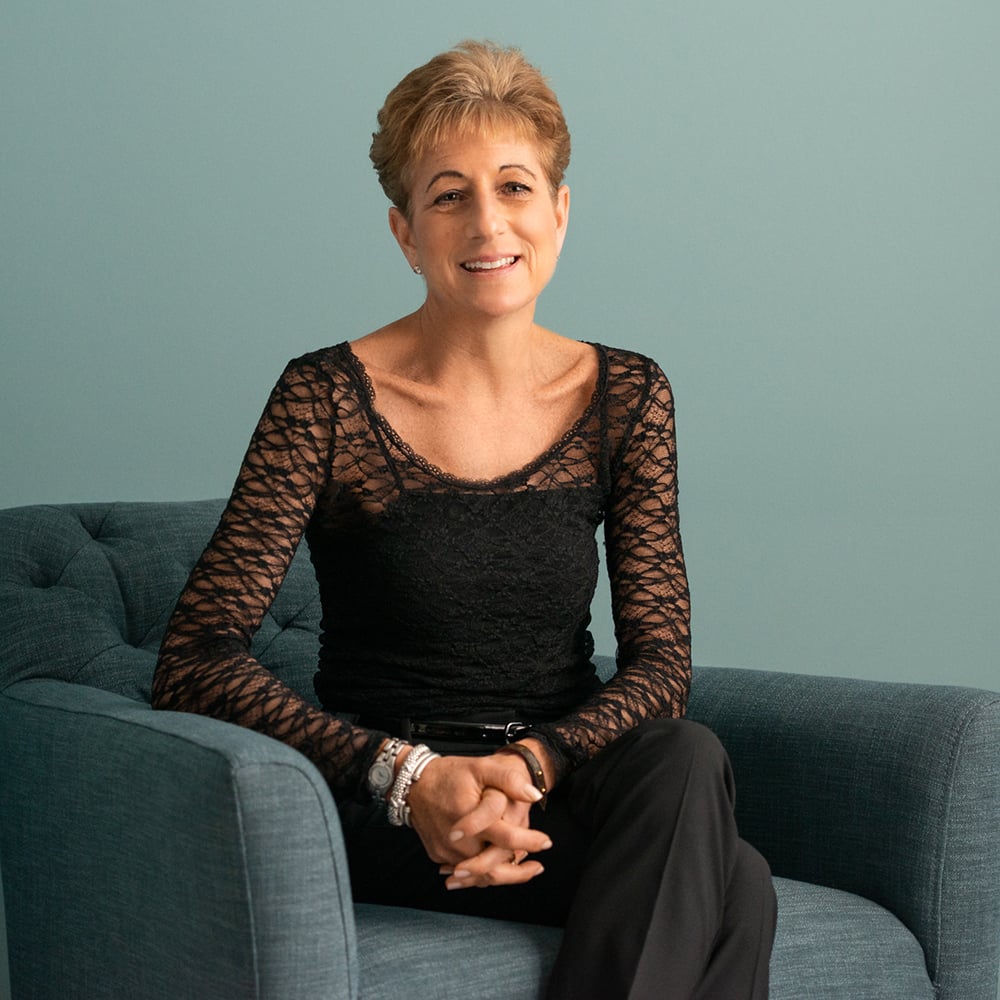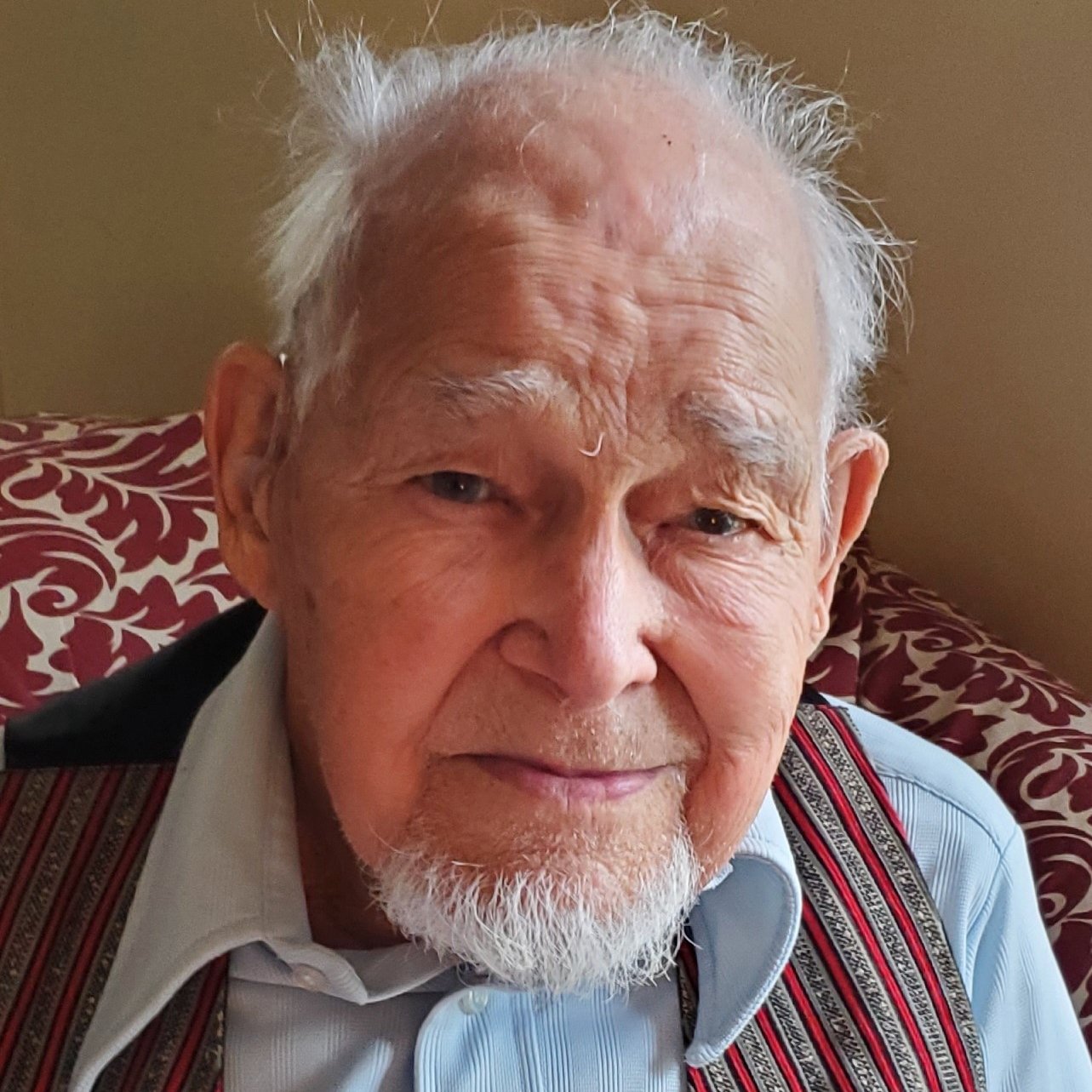Sheila shared her story in May of 2019.
In March 2017, my four sisters and I gathered in my mom’s bedroom as her pacemaker was deactivated by a hospice physician who was sitting outside her door. She died 18 hours later at the age of 90.
This end-of-life option is something my mom made resolutely, “I am done. I am not doing this anymore!” She was ready to die. She had had a pacemaker for 26 years and her heart disease was progressing the last few years into congestive heart failure. She was also diagnosed with non-terminal stage four kidney disease and she had mild dementia. She was tired of being sick, being uncomfortable all the time, and she knew she was only going to get worse.
Mom was liberal-minded, feisty, and more often than not, got her own way. From the beginning, my family respected her wishes and supported her decision to die on her own terms. We saw it as a gift that we could give to her. It also ended up being a gift that she gave to us.
She had an advanced health care directive written by an attorney in 2009 that included language about not replacing her pacemaker. She had considered not replacing her last pacemaker in 2011 and “just letting the batteries run out” because she wasn’t sure she wanted to live through the full lifecycle of another pacemaker. She didn’t know there were other options at that time (deactivation of her pacemaker) and neither did her daughters.
Mom lived in her own home and had been taken care of by five of her six daughters progressively over the last two and a half years, beginning with day visits and cooking meals to around the clock care for the final eight months.
The journey to that last day in March was long, challenging, and frustrating. Appointments with my mom’s general physician and cardiologist were disappointing, with no support or information about how we might proactively help her reach her goal and die with dignity. The doctors wanted no part of this. Mom’s geriatrician knew mom and her wishes and basically told us that we would need to find a private physician not associated with a clinic who would be willing to take the risk of helping mom die. Although mom’s cardiologist had to know that deactivating her pacemaker was a viable solution for mom, he did not provide information to mom or her family about the procedure. Instead, I took on researching ways we could help mom die.
Because I didn’t know where to start, I spent weeks looking in the wrong places. I searched medical journals, and finally found an article presented at a 2010 Heart Rhythm Society Conference that examined the medical, ethical, legal, and religious aspects of deactivating a cardiovascular implantable electronic device. I discovered that deactivating an implantable device was ethical and legal.
Ethically, A CIED (Cardiovascular Implantable Electronic Devices) deactivation is neither physician assisted suicide nor euthanasia. When carrying out a patient’s request for withdrawal of a life-sustaining treatment that a patient perceives as unwanted (including CIED therapies) the clinician’s intent to discontinue the unwanted treatment and allow the patient to die naturally of the underlying disease – not to terminate the patient’s life.
The article answered all of my questions except for one: Who was going to perform this procedure?
I was angry and frustrated then and I still am to this day. The medical community failed to provide information about pacemaker deactivation to my mother throughout all the years that she had a pacemaker. This is a recommended practice for physicians who implant and manage pacemakers, yet she didn’t even receive this information when her doctors knew she was looking for a way to “legally and ethically” die.
During the time I was researching, One of my sisters had been contacting hospice centers and one hospice group was very interested in my mom’s case. The hospice staff was invaluable, providing consultations with a physician, chaplain, nurses, and social workers with mom and then with our entire family to discuss the deactivation of my mom’s pacemaker. They asked if the full staff could be witness to this case and the process as it was their first deactivation of a non-terminal patient. The physician received instruction on deactivating a pacemaker, which involves reprogramming the unit to match the patient’s natural heart rate, so they die of the underlying heart disease.
During the past several months, Mom had been frustrated, and tired of being unwell and uncomfortable. When we told her that it wouldn’t be long until she could get her pacemaker deactivated, she changed. She was calmer and happier. She finally would have control over her death.
Mom knew her time to die was coming closer. We didn’t give her a date, but she seemed to flow with time now instead of fighting it. I loved being with her and cherished every moment. We colored in coloring books and listened to music. My sisters, their families, my daughter and my grandkids all spent special time with her. It was a happy time for everyone. There was music, we read books and always mom colored.
I didn’t know what to expect on the day we were going to tell mom that her pacemaker would be deactivated the next day. As sisters we were emotional, and we hadn’t actually prepared to deliver that message. The hospice doctor sat to talk with mom in her living room and asked her if she remembered what they had talked about and what he was going to do, and she said, “Yes, you’re going to turn off my pacemaker.” He then asked her what would happen next and she said ever so calmly, “I will die.” He asked her if she was ready for that, she paused for a second and then said, “Yes I am.” She was so resolute. He asked if it was OK if he came back the next day to do so and she said, “Yes, I’d like that.” She was more ready than I think I had ever seen her.
That last day that we had with her was the most amazing and memorable day. With four of her daughters around her, she was vigorous and excited. A sparkle came to her eyes. She sang, danced, and laughed with us. She brought us into her art studio to sketch a still life, then passed the canvas to her girls and we all painted one last time with her. We talked until late and tucked her into bed.
The next morning, serene and quiet, she lay in her bed, surrounded by her girls. The chaplain blessed her, we said goodbye, and the physician deactivated her pacemaker.
I expected her to die within an hour or so, yet she survived with a heart rate of 16 beats per minute for 18 hours. She had several fits and starts over the night and watching and waiting was hard for everyone. My sister, who is a nurse, administered prescription medications to keep her comfortable through the night.
When mom finally passed, I felt a mixture of sadness and relief. If I felt grief, it wasn’t what I expected. I didn’t feel sad, mostly grateful and also very tired. It had been a long journey and very hard on me and my sisters. Helping mom die on her own terms, with less long-term suffering, was comforting to me.
Lessons I now share with everyone:
- Include language about Implantable Medical Devices and other Medical Devices in your Advanced Health Care Directives. Understand the activation and the deactivation or withdrawal of any medical device that you might receive.
- Update your Advanced Health Care Directives at least every 5 years.
- Discuss your thoughts and feelings about end-of-life options with your family often and in detail.
- Know your parents’ thoughts and feelings about end-of-life options and discuss these with your siblings.
Resources for caregivers and those living with dementia:
Dementia Values & Priorities Tool
This tool walks individuals through the common stages of dementia and helps them to identify when, if ever, their goal for care may change from “do everything possible” to “allow for my natural death.” The tool allows users to create a Dementia Healthcare Directive to add to a standard advance directive, which empowers healthcare proxies to implement critical, informed decisions — guilt-free — on a patient’s behalf.
This tool allows users to indicate the current status of their dementia diagnosis, specify what they hope to learn and accomplish from an upcoming clinical appointment, and customize that experience from a list of helpful questions. Responses can then be printed or emailed to a provider or family member to ensure that these high-stakes medical appointments allow for the important discussions that everybody in the room needs to be part of.


